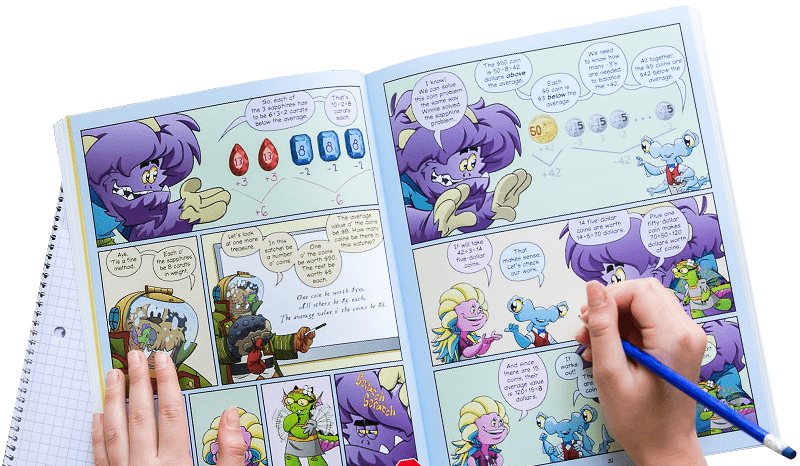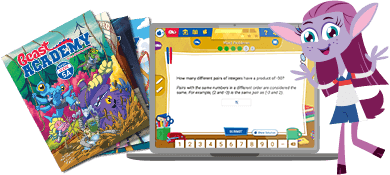Fruit Flies
Use your spatial reasoning to guide your fly from grape to grape. Don't be the first to run out.
Instructions
Start by drawing a bunch of grapes, one circle at a time. Try to make your grape bunch fairly random.

Each player needs a marker of their own color. Grapes are green, dark blue, or purple, so if you've got those colors, then that's something to be grapeful for. The older player, Player 1, draws a dot in their color on any grape. This is their "fruit fly." Player 2 then places their fruit fly by drawing a dot in their color on any other grape (not necessarily right next to the other fly).
Once the flies have been placed, players take turns, starting with Player 2. On your turn, "eat" the grape your fly is on by shading it in, and then move your fly to any grape by drawing a new dot. The fly can move to any grape that is touching (that is to say "right next to") its current grape.


Remember, Player 1 is the first to place their fly, but Player 2 is the first to move their fly to the next grape.
These flies are hungry, so keep them moving! Continue taking turns, coloring your grape, then moving your fly to a neighboring grape. Whichever fruit fly ends up stranded first (that is, can't move to a neighboring grape) loses.

Don't forget: it's Beast Academy Playground, not Beast Academy Study Hall. Change the rules, be silly, make mistakes, and try again. The Variations and Learning Notes are here for you if you want to dive deeper, but not all of them apply to learners of every age. The most important thing is to have fun.
This game is adapted from "Bunch of Grapes" by Walter Joris.What do you think of this activity?
We're always looking to improve. Submit your feedback to us below.
- paper
- pencil
- markers (2 colors)
- strategic thinking
- spatial reasoning
- counting
- MP2
- MP7
- K.CC.C.6
- K.G.A.1

Ready to level up?
Keep problem solving with Beast Academy’s full math curriculum for students ages 6–13. Check out our captivating comic book series and immersive online platform.
LEARN MOREBring problem-solving to your classroom
Keep your entire class engaged with a full book and online math curriculum, for students ages 6–13. 98% of teachers say they’re satisfied with Beast Academy.
LEARN MORE



Ready to level up?
Keep problem solving with Beast Academy’s full math curriculum for students ages 6–13. Check out our captivating comic book series and immersive online platform.
LEARN MOREBring problem-solving to your classroom
Keep your entire class engaged with a full book and online math curriculum, for students ages 6–13. 98% of teachers say they’re satisfied with Beast Academy.
LEARN MORE
Sign up to be notified when new videos are released.

















































